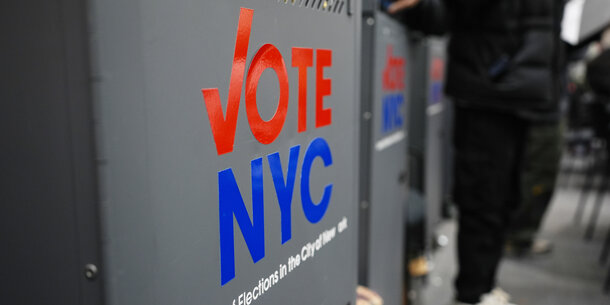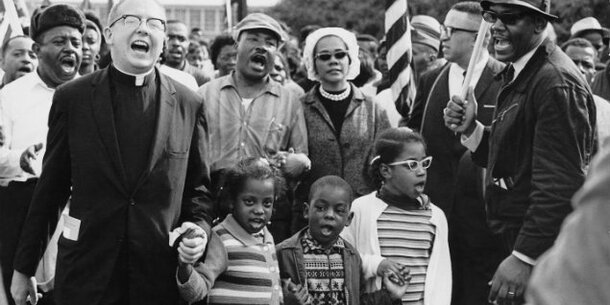Click here for the latest on the fight to restore the Voting Rights Act >>
It’s been more than six years since the Supreme Court took a hatchet to the heart of the Voting Rights Act with its decision in Shelby County v. Holder. On Wednesday, the House Judiciary Committee took a major step toward mending the national wound the Court’s decision caused by sending the Voting Rights Advancement Act to the House floor. The bill would restore and modernize the core protections of the Voting Rights Act.
In Shelby County, the Court struck down the “coverage formula” that was used to determine which jurisdictions had to preclear changes to their voting rules with the federal government prior to implementing them. The point of preclearance was to prevent states and localities from implementing discriminatory voting rules, and the coverage formula targeted states with a history of voting discrimination. Over the years, preclearance prevented countless discriminatory voting rules from going into place. At least 13 laws were blocked by preclearance in just the 18 months prior to the Shelby County.
Striking down the coverage formula effectively mothballed this highly effective system, and the consequences for our democracy were both immediate and sustained.
The same day the decision came down, states started to implement restrictive voting laws that had previously been blocked by preclearance. In the years since, previously covered jurisdictions have continued to pass new laws that make it more difficult to vote. Moreover, the Brennan Center has documented a surge in voter purges since Shelby County in the states previously subject to preclearance.
Shelby County’s effects were predictable and destructive. But, as the Judiciary Committee made clear today, we don’t have to accept them forever. In Shelby County, the Court reaffirmed Congress’s power to pass a new coverage formula, as long as it is tailored to current conditions on the ground.
The Voting Rights Advancement Act fits the bill. It includes an updated coverage formula that sweeps in states with a recent history of voting rights violations. It also includes sensible notice and transparency provisions with respect to voting changes, and it reinforces the federal government’s authority to assign observers to polling places in preclearance states. In short, it is an appropriate and effective exercise of congressional power to combat ongoing discrimination in voting.
Some have suggested that other provisions of the Voting Rights Act — namely Section 2, which gives the Department of Justice and private parties wronged by state voting rules the right to sue — are adequate substitutes for preclearance. That speculation has been contradicted by experience over the past six-plus years.
Section 2 lawsuits have been successful in blocking or ameliorating some of the worst voting laws implemented in the last decade. But they have significant problems. First off, they’re extremely expensive. Second, they put the burden on voters to prove that a new rule is discriminatory, rather than requiring states with a history of discrimination to show that their new rules won’t, again, discriminate. Third, these lawsuits are slow-moving, and courts often allow the new rules to go into effect while the litigation continues, even if they are later shown to be discriminatory.
Congress can do better. For decades, the Voting Rights Act and its preclearance system have enjoyed wide bipartisan support. The law’s 2006 reauthorization passed the Senate 98–0 and was signed by President George W. Bush. The Judiciary Committee’s action today was commendable, and we are hopeful that the full House will pass the Voting Rights Advancement Act in short order.
For nearly 50 years, the Voting Rights Act was a key engine of equality in American democracy. It is time to restore it to its full power.


